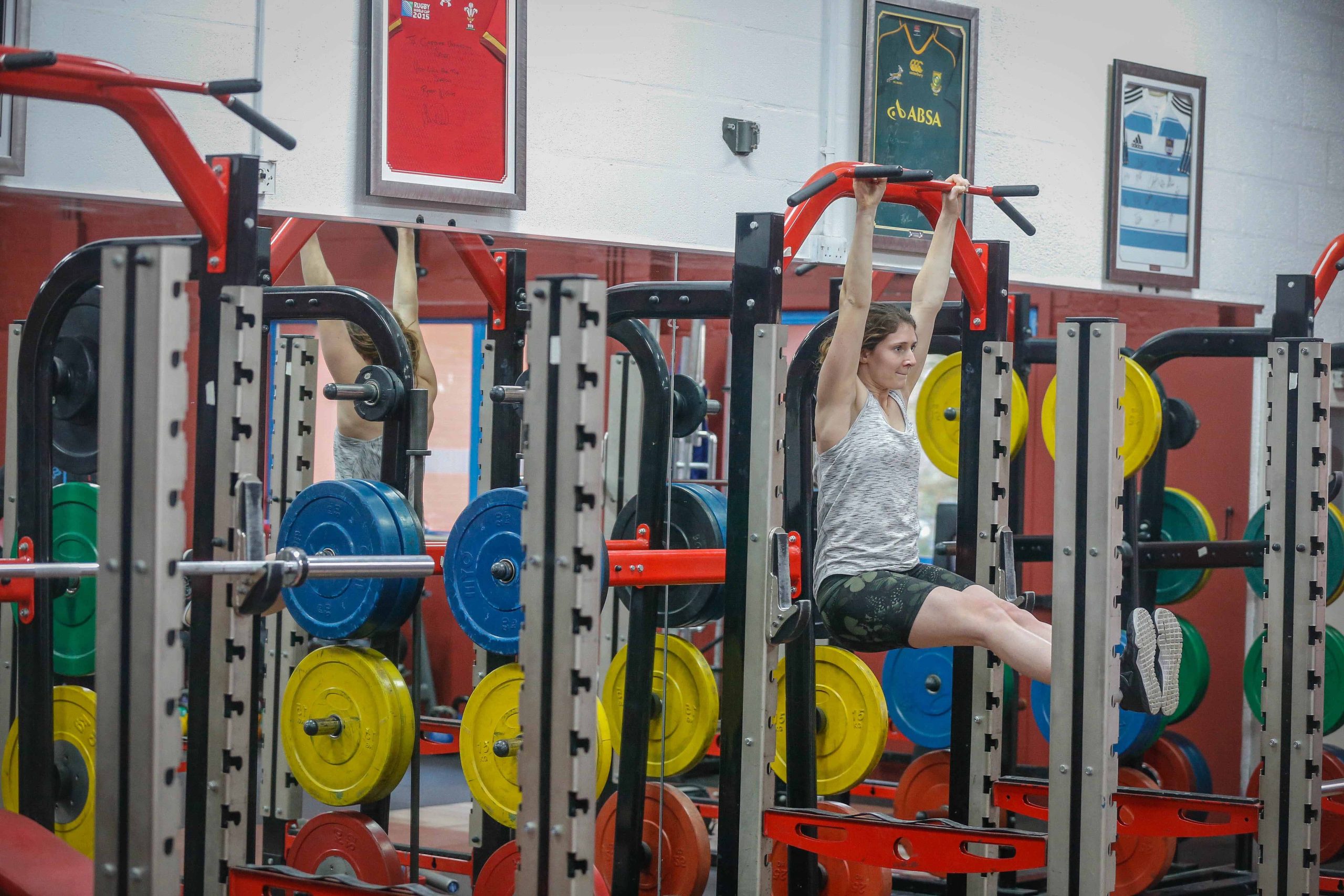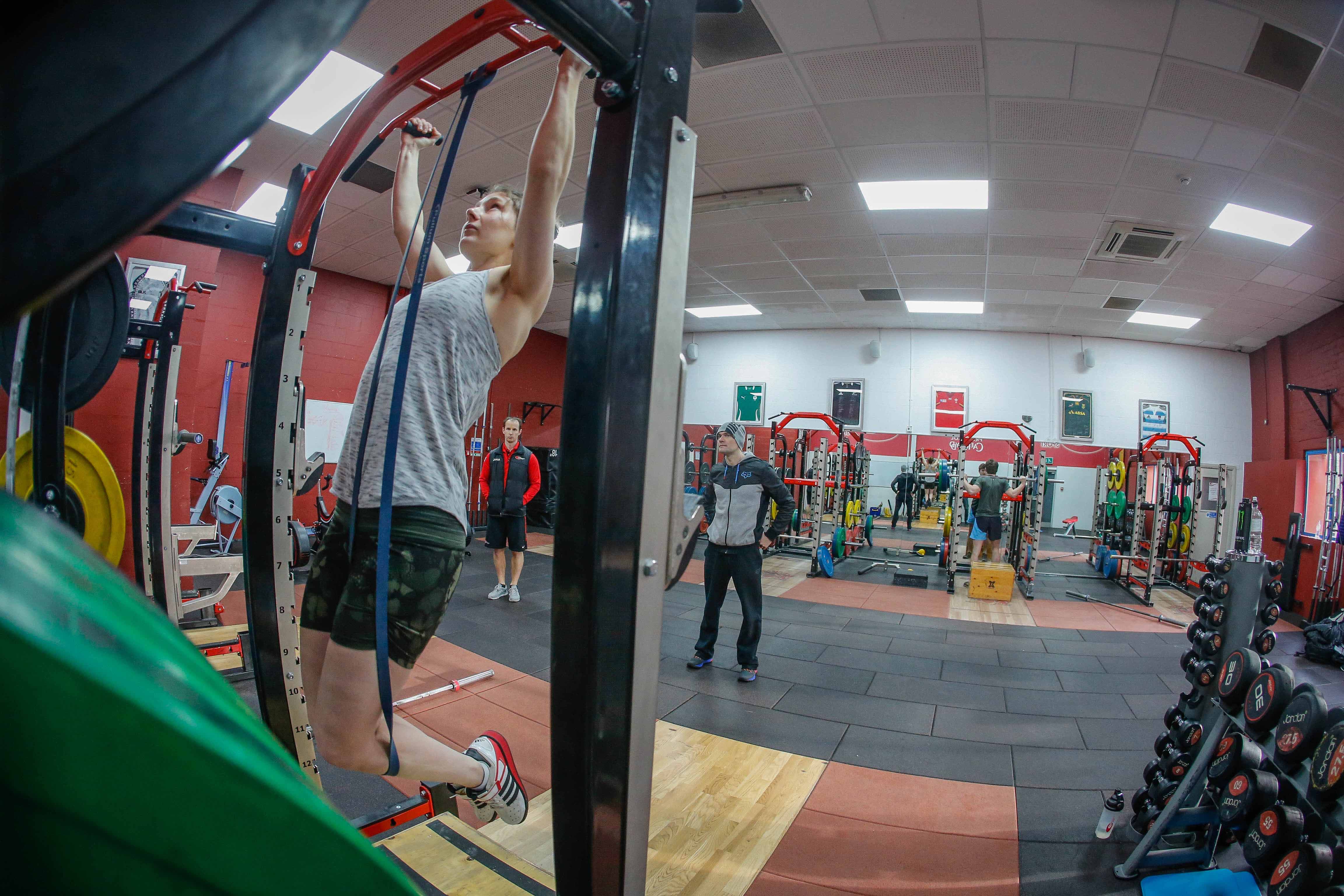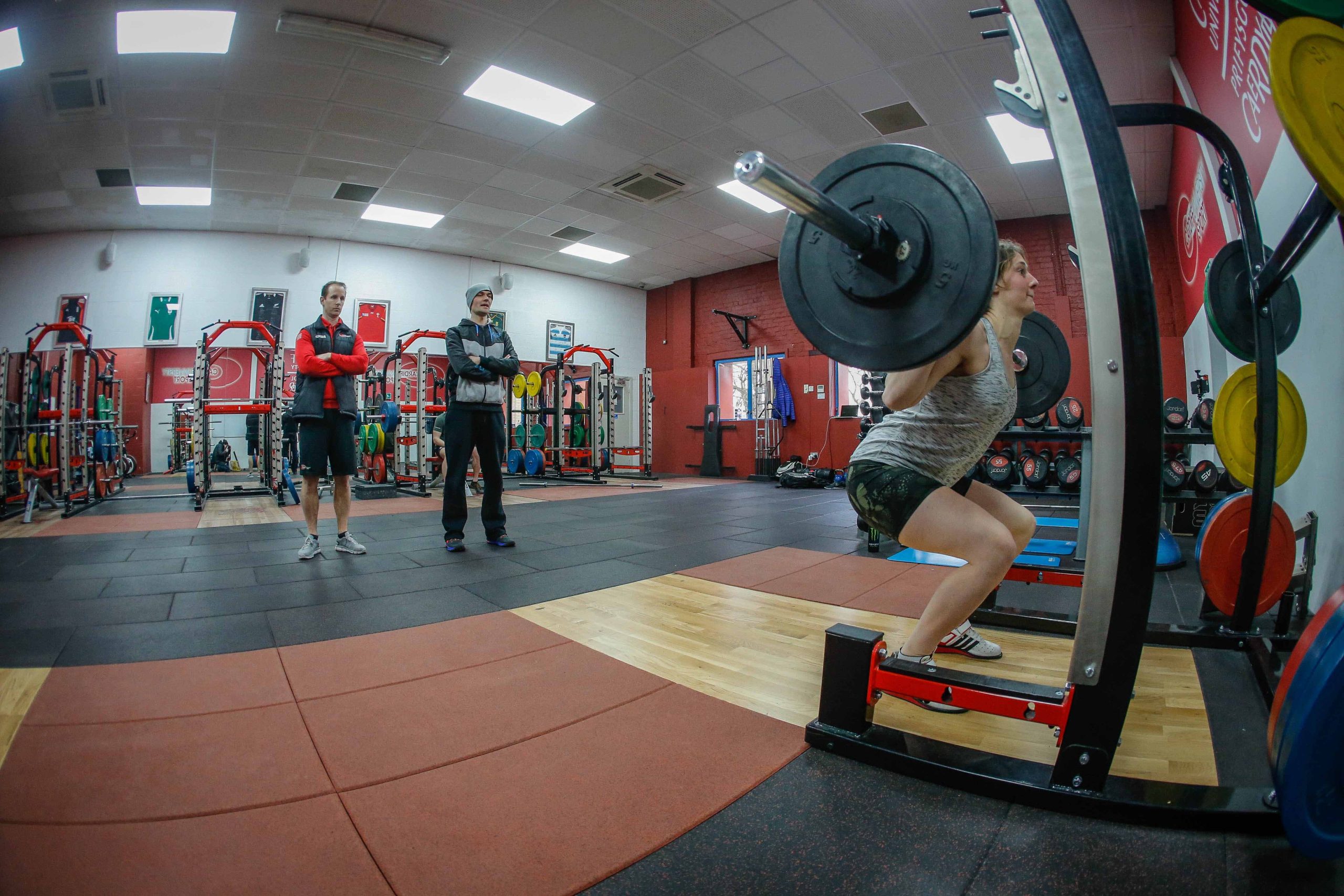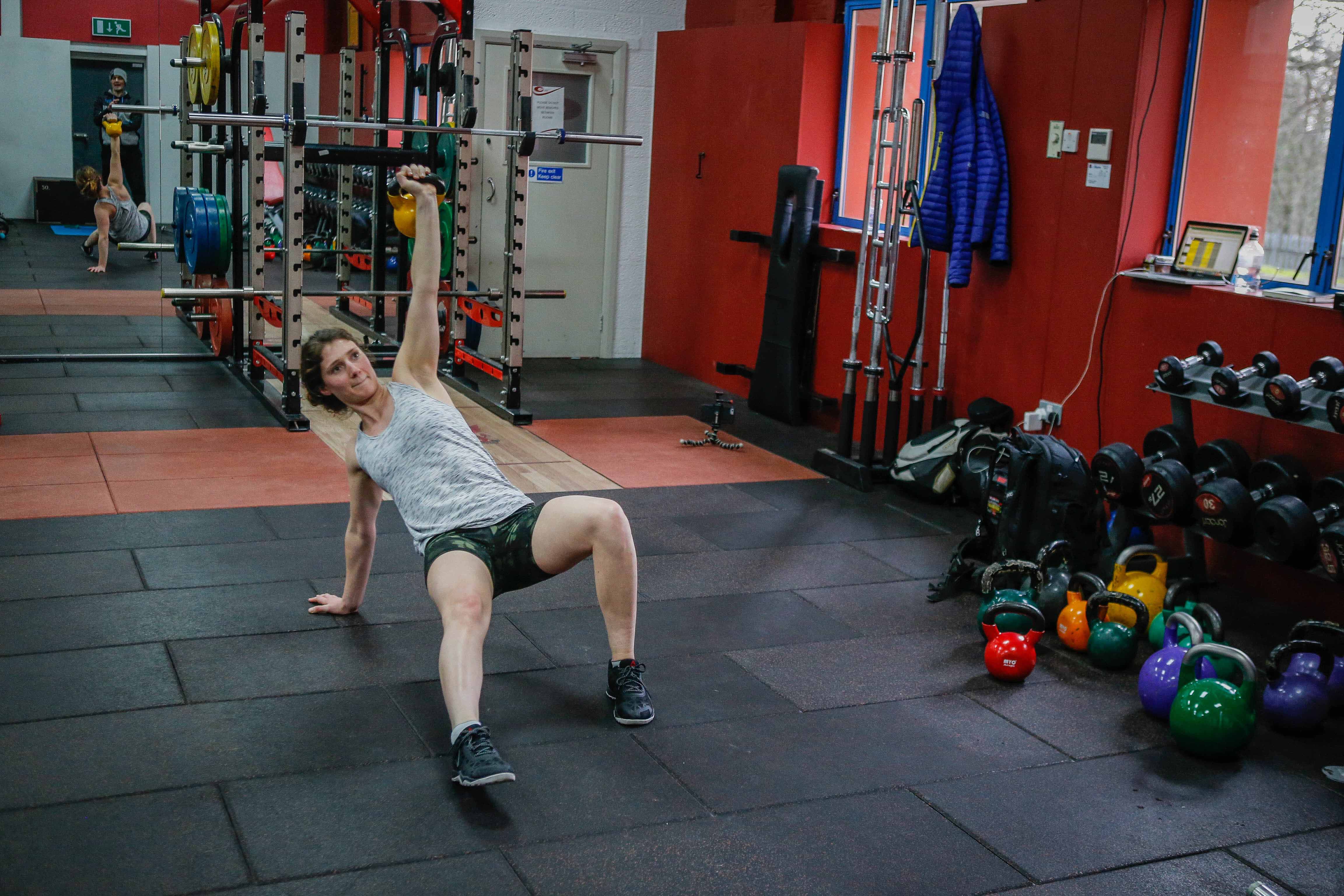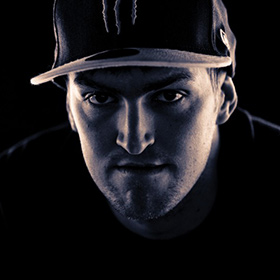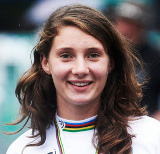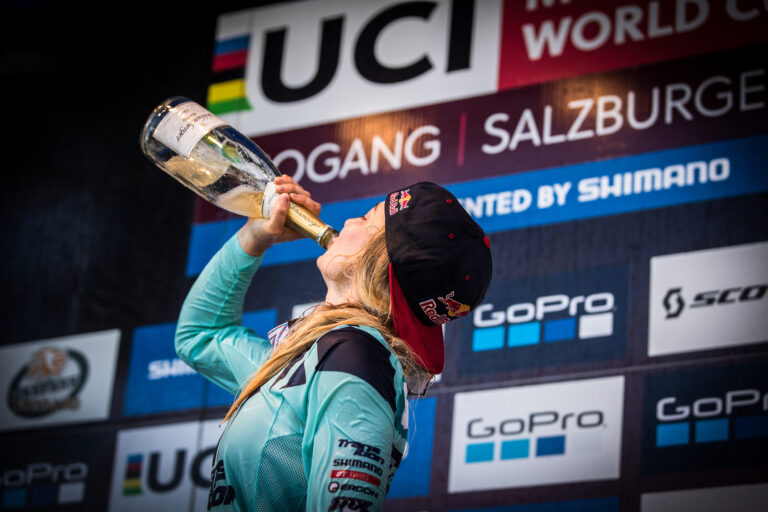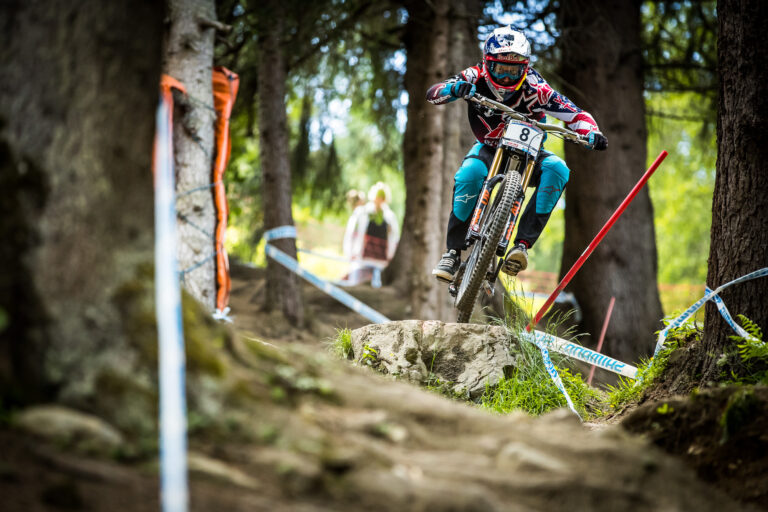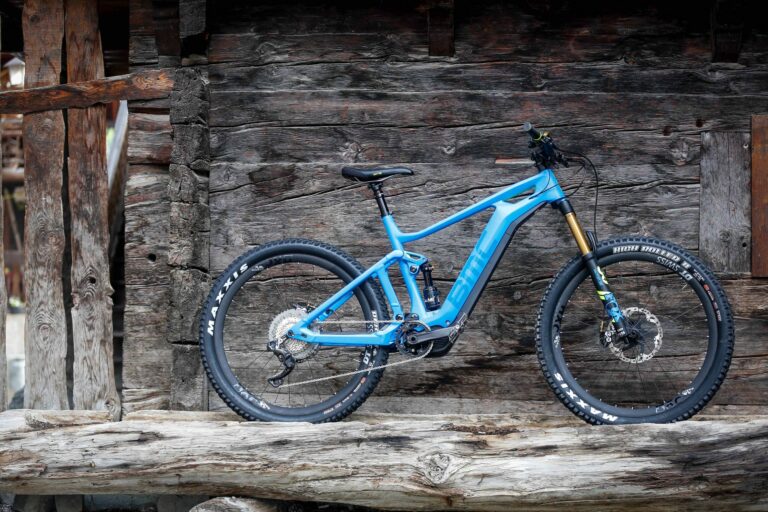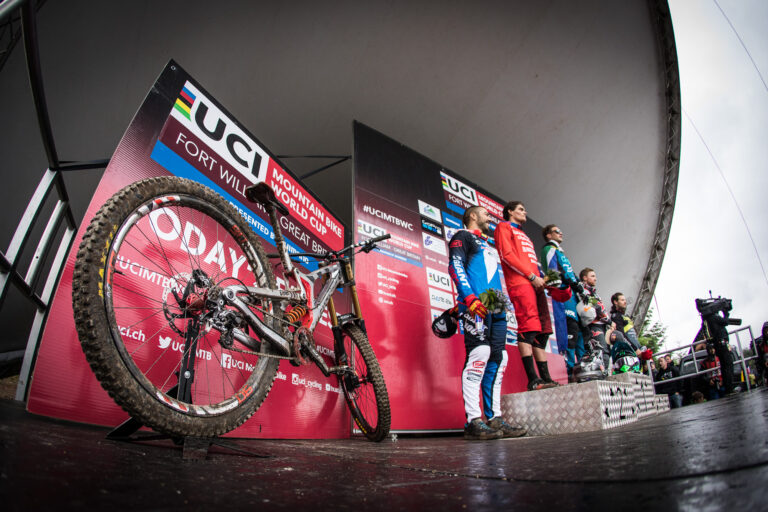Alan Milway is the trainer behind Manon Carpenter and Brendan Fairclough
Dirt: Life plan versus goal driven plans, there’s a big difference?
Milway: Yeah, there is a big difference. Quite often the very top athletes are completely goal driven – at the expense of a more rounded or longer term life plan; such as family life, and doing ‘normal’ things or doing things for other people – it is simply a ‘compromise’ for them. They are single minded with the sole focus on winning races.
However, with good structure and support, riding and racing at the highest level can fit with non-racing plans and you can still perform at the highest level. Manon’s degree studies are a good example, or riders getting married and having families; such as Steve Peat.
Montainbiker or athlete?
I coach the athlete as they stand in front of me first – it is common for the individual to have weaknesses, deficiencies or limitations. Deal with these first and you will have a healthier, more robust and less injury prone individual. Individual specific, then sports specific is my ethos. However, it’s a balance.
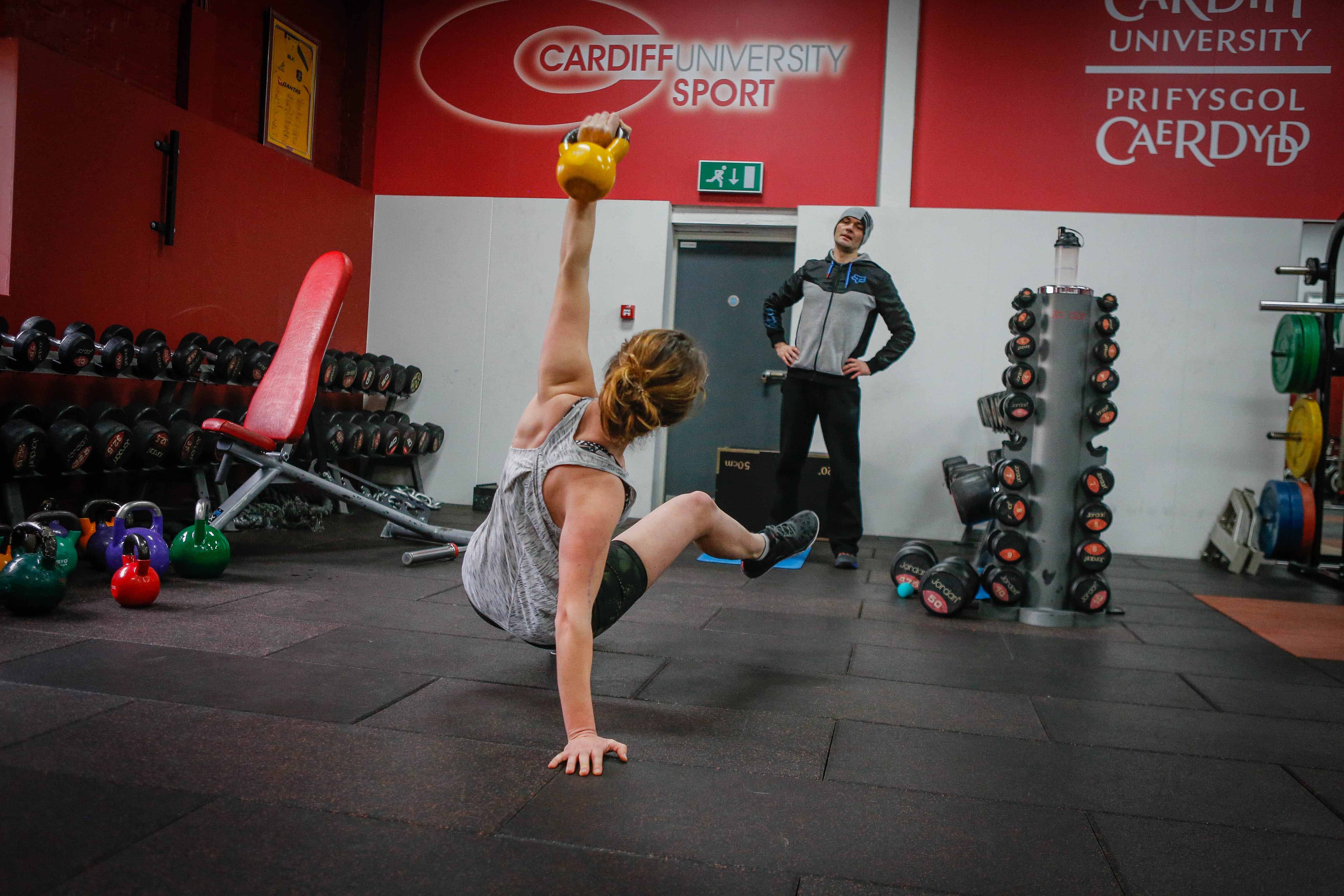
Downhill body or enduro body?
Downhill body for a downhiller, enduro body for an enduro rider! Mark Scott is a good example; since working together he is now 7-8kg lighter than he was as a downhiller, incredible aerobic capacity, but also very good power to weight ratio. This is due to the specific training for his discipline, it shapes him that way really.

